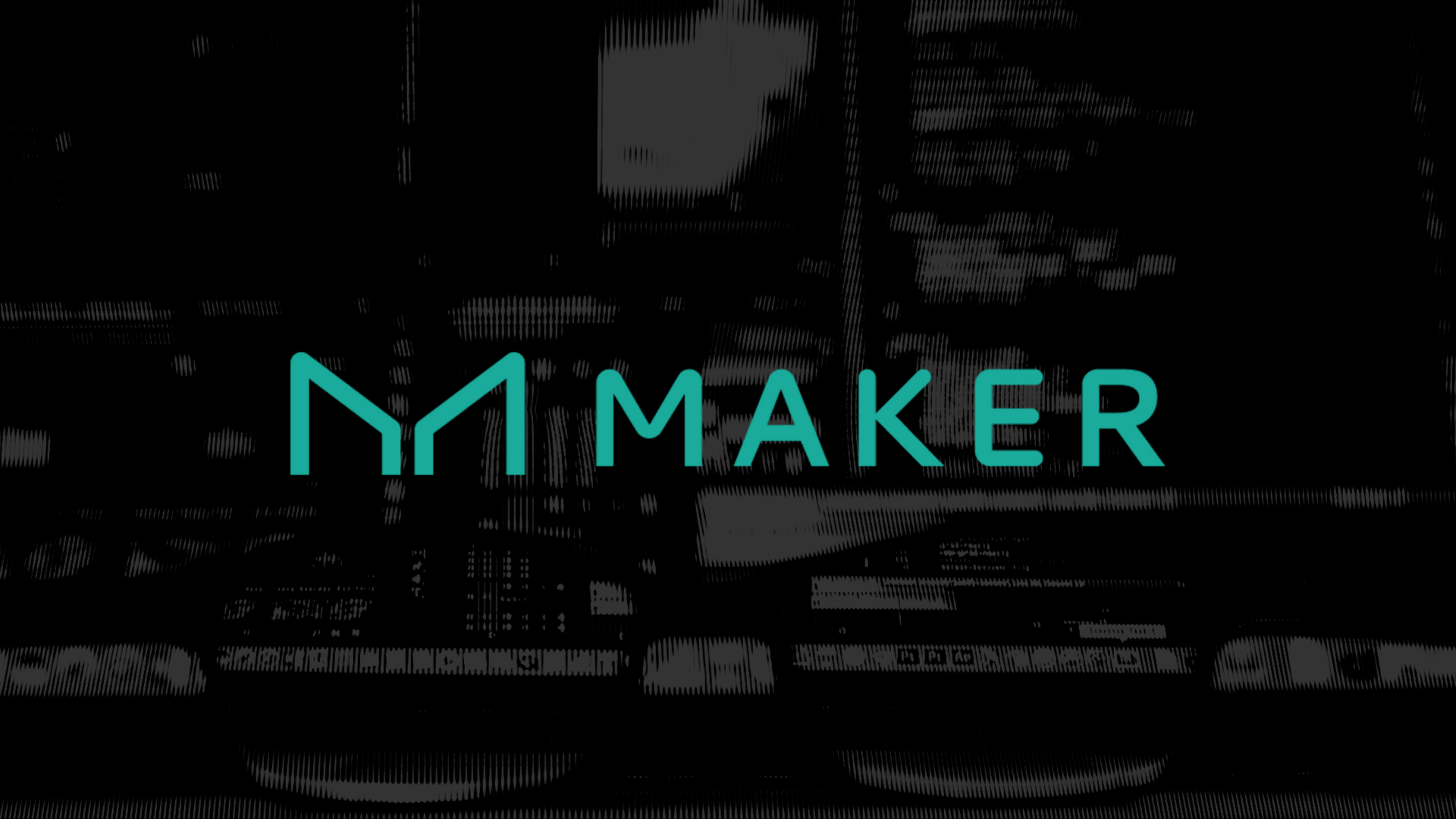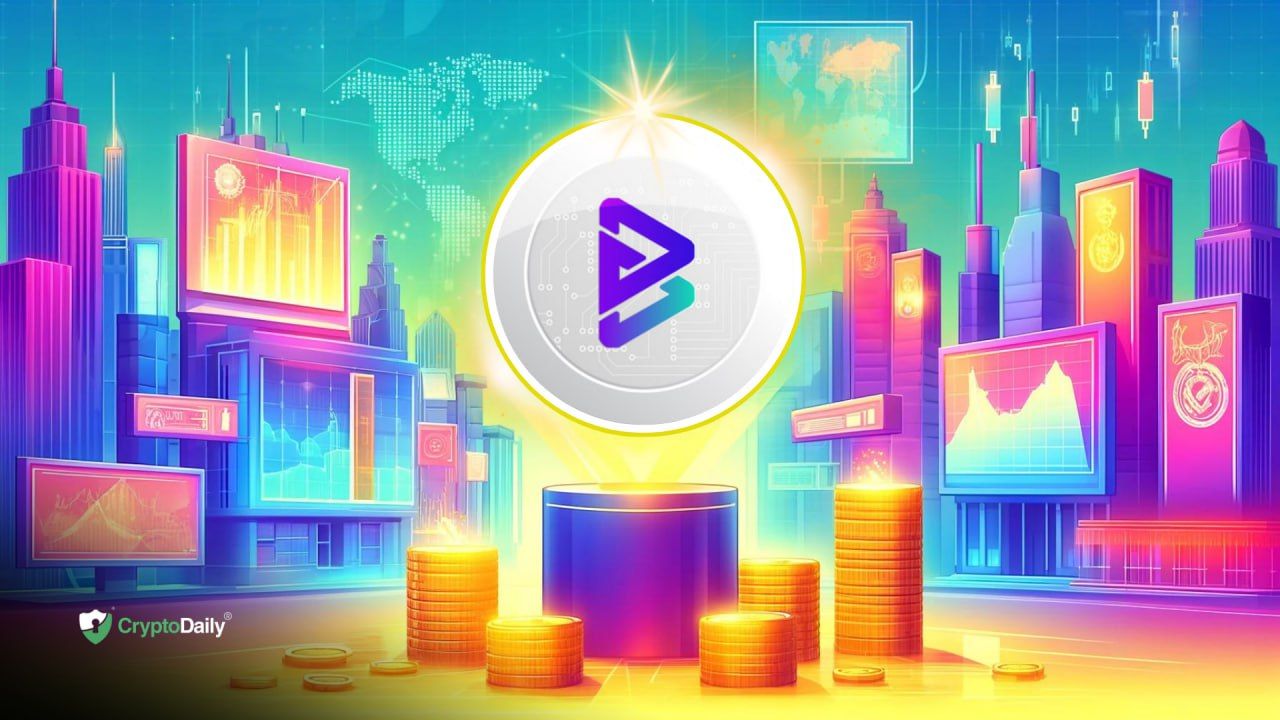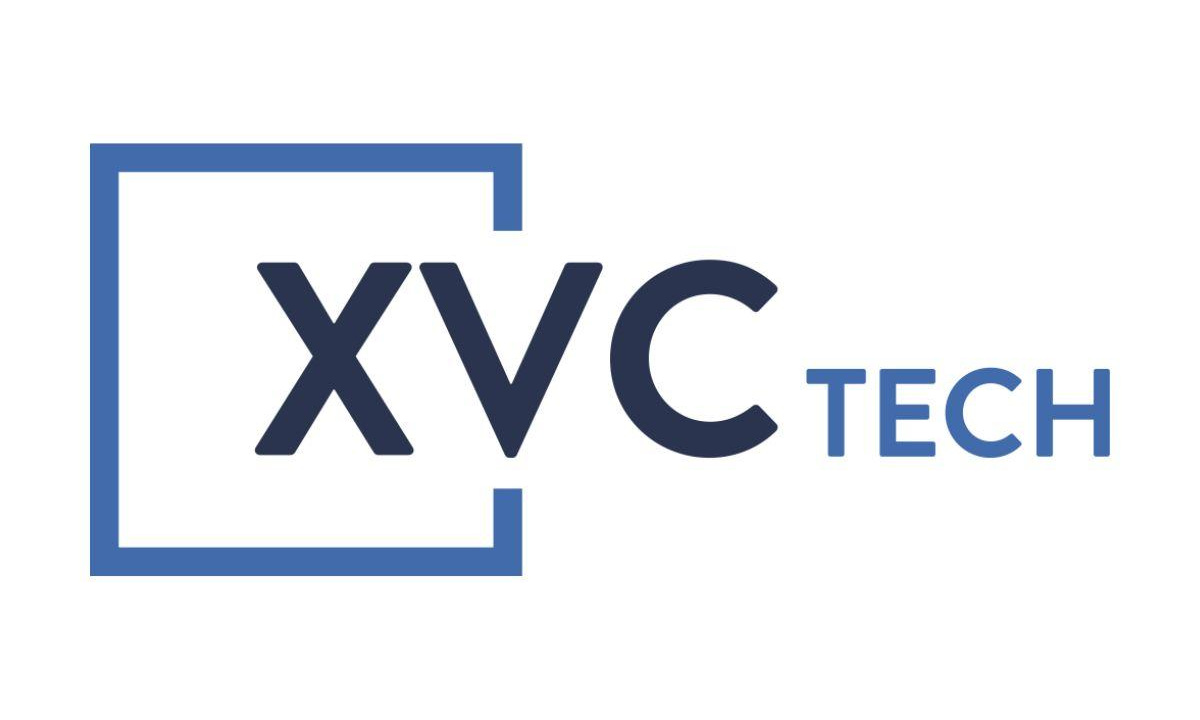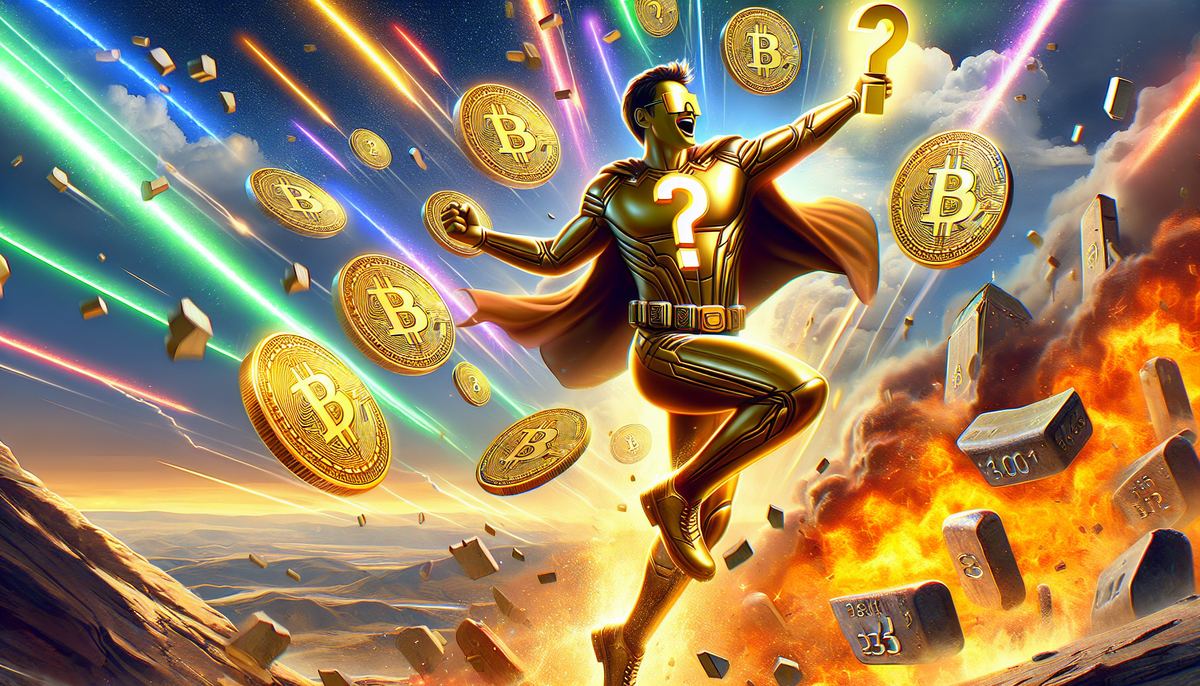Table of Contents
Decentralized Finance (DeFi) pioneer MakerDAO has announced the launch of its lending and borrowing protocol, Spark.
The new protocol’s initial iteration will function as a lending platform and allow users to lend and borrow ETH, DAI, stETH, and sDAI.
Spark Protocol Launched
MakerDAO announced the launch of the Spark Protocol on its official Twitter handle. The new protocol is specifically designed for the DAI stablecoin and gives users and holders access to competitive interest rates.
“Announcing the Spark Protocol launch Starting May 9, 2023, Spark Protocol will be available to all DeFi users. An end-user, DAI-centered DeFi product deployed on Ethereum with supply and borrow features for ETH, stETH, DAI, and sDAI.”
MakerDAO has also announced the Spark Protocol’s first product, Spark Lend. The new protocol is also linked to Maker’s D3M (Direct Deposit DAI Module). The Direct Deposit DAI Module is a system that enables secure interaction between the Maker ecosystem and third-party lending pools. As a result of the link between Spark Protocol and the Direct Deposit DAI Module, users can borrow the DAI stablecoin at competitive rates at an initial annual rate of 1.11%.
In its announcement regarding the launch of the Spark Protocol, Maker briefly touched upon the connection between the protocol and the Direct Deposit DAI Module, stating,
“This direct wholesale credit line in DAI injects and automatically balances fresh DAI liquidity into Spark Lend and enables its users to access the best rates in the market.”
The Spark Protocol promises to significantly improve MakerDAO’s DAI lending capability, increase overall liquidity, provide more liquidity options, and allow users to access improved rates and a yield-bearing version of DAI.
MakerDAO’s Focus On Stability
Spark Protocol’s Spark Lend product also introduces a tokenized version of the DAI stablecoin, which is deposited in the DAI Savings Rate (DSR). The tokenized version is called sDAI. However, the yields are quite low at the moment, with DAI deposits getting only 1.1%. It also utilizes a Peg Stability Module that helps to connect the liquidity infrastructure and offers instant swapping of DAI and sDAI for USDC.
While current yields may be low, decentralized finance users have become wary of protocols offering risky, high, and often unsustainable yields. As a result, Maker has focused on providing stability, liquidity, and significantly lower risk.
The Endgame Plan
Spark Protocol has been launched as part of MakerDAO’s Endgame plan. Under this plan, Maker has proposed making the DAI stablecoin a free-floating asset collateralized by real-world assets (RWA). Under the new plan, DAI will continue to remain pegged to the dollar for three years. Simultaneously, Maker also plans to accumulate as much Ethereum (ETH) as possible in an effort to increase the ratio of decentralized collateral backing the DAI.
DAI is the fourth-largest stablecoin in the crypto space and has a circulating supply of $4.7 billion. It has a market share of around 3.6%, making it the industry’s largest decentralized stablecoin. Meanwhile, MakerDAO’s native MKR token is trading at around $670, a drop of just over 1%.
MakerDAO’s New Constitution
MakerDAO also recently proposed a new constitution to formalize governance processes and safeguard against any potential threat from malicious entities that could attempt to take over the protocol. In an effort to ensure the security of the Maker Protocol and safeguard user funds from potential threats and failures thanks to human or institutional decisions, the new constitution uses “alignment engineering” to solidify the core commitments of the community. The new document creates several categories of participants. Each category of participants has different powers and responsibilities.
Disclaimer: This article is provided for informational purposes only. It is not offered or intended to be used as legal, tax, investment, financial, or other advice.
Investment Disclaimer










